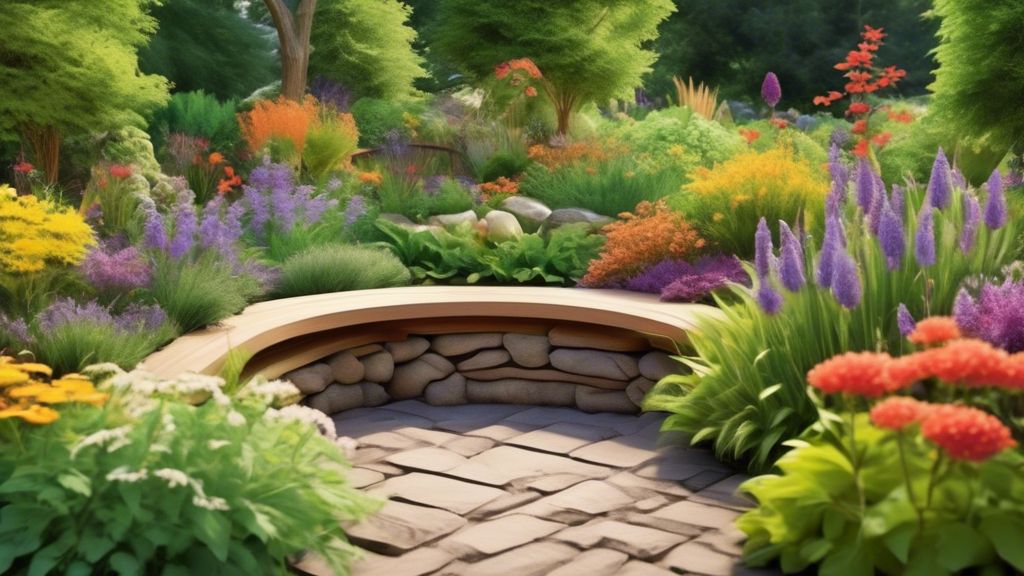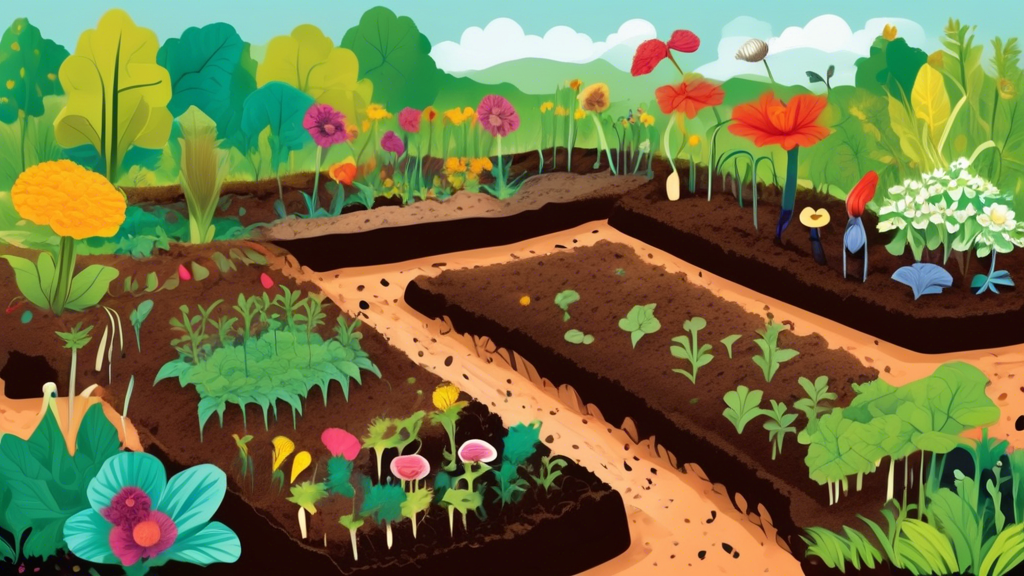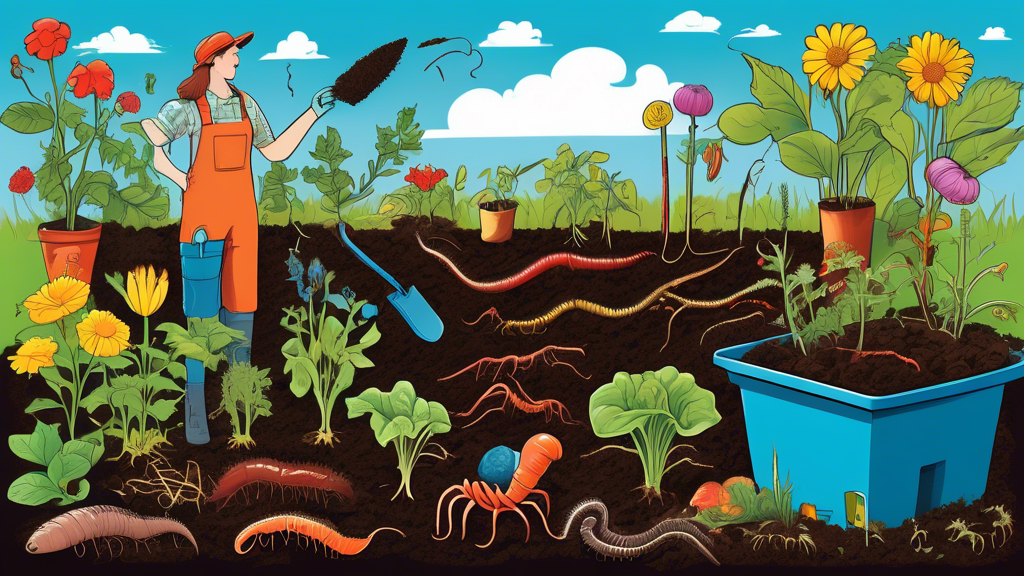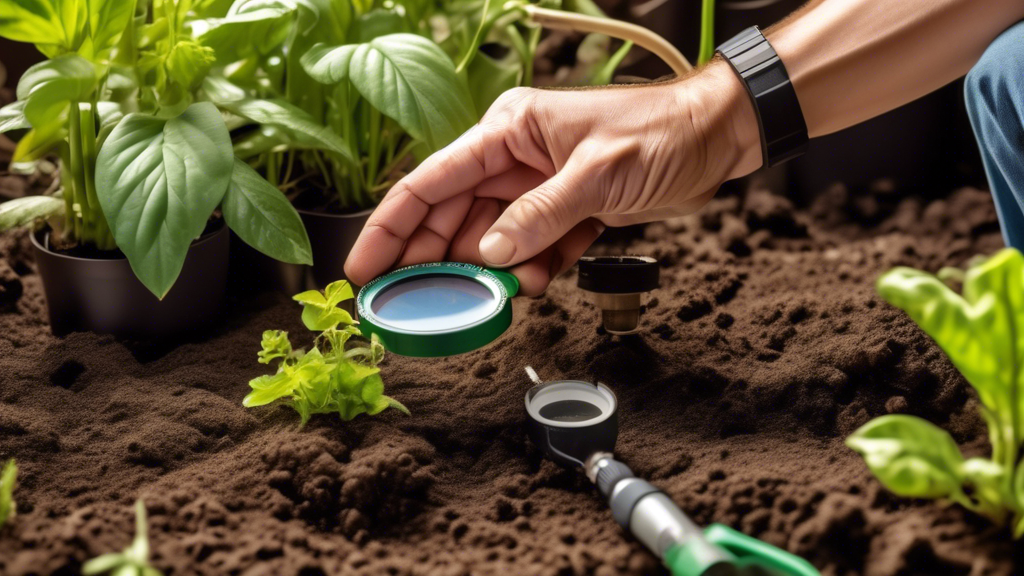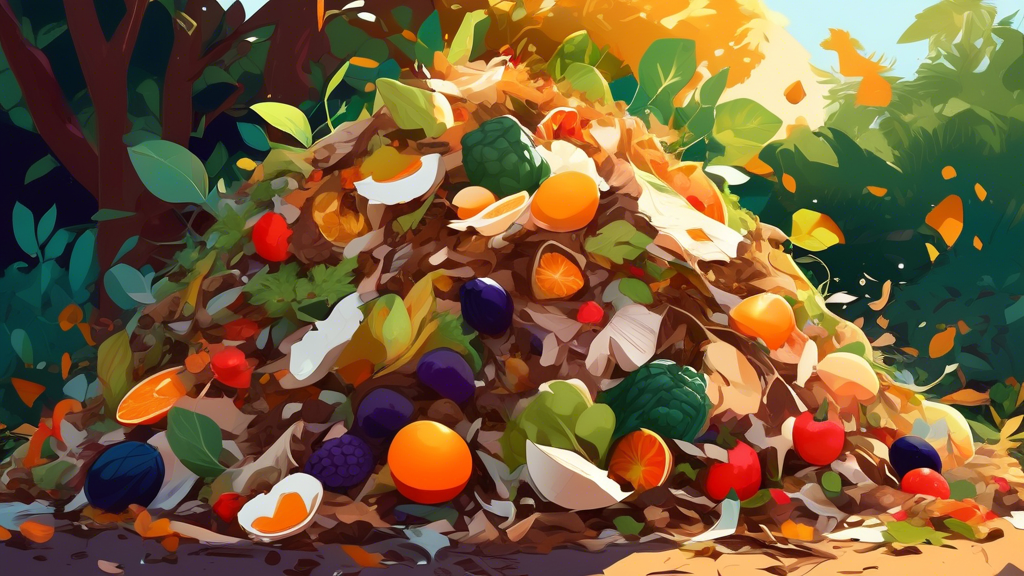
The Ultimate Guide to the Best Materials for Your Compost Pile
Composting is nature’s ultimate recycling program, but the secret to rich, fertile “black gold” isn’t just the process—it’s the ingredients. This guide reveals the best materials to use in your compost pile for optimal results, transforming your kitchen and yard waste into a powerhouse for your garden.
The Core Principle: Balancing Greens and Browns
Every successful compost pile is built on the relationship between two types of materials. Getting this balance right is the single most important factor for optimal results.
What Are “Greens” (Nitrogen-Rich Materials)?
These materials are the protein source for the decomposing microbes. They provide the nitrogen needed to build microbial cells and are responsible for heating up your pile.
- Examples: Fruit & vegetable scraps, coffee grounds & filters, fresh grass clippings, garden plant trimmings, manure from herbivores (cows, horses, chickens).
What Are “Browns” (Carbon-Rich Materials)?
These are the energy source for your compost’s workforce. They provide carbon, add necessary bulk to allow air to circulate, and prevent the pile from becoming a slimy, smelly mess.
- Examples: Dried leaves, straw, hay, shredded cardboard, non-glossy paper, sawdust, wood chips.
The Golden Ratio: Getting the Mix Right
While the ideal Carbon-to-Nitrogen (C:N) ratio is a scientific 25-30:1, a simple rule of thumb is far easier for home composters: aim for a 2:1 or 3:1 volume ratio of Browns to Greens. If your pile is soggy or smelly, add more Browns. If it’s not heating up, add more Greens.
Your Go-To List: The Best Materials for Your Compost
Not all compost ingredients are created equal. Here are the champions that will supercharge your pile.
Superstar Greens to Accelerate Decomposition
- Coffee Grounds & Filters: A fantastic, readily available nitrogen source that worms love.
- Grass Clippings (in thin layers): They heat up the pile incredibly fast but can mat down if added in thick clumps.
- Herbivore Manure: A potent nitrogen and microbial booster that introduces a powerful decomposing community.
Champion Browns for Structure and Carbon
- Dried Leaves: Perhaps the perfect, free brown material. Shred them with a lawnmower for faster breakdown.
- Shredded Cardboard & Newspaper: Excellent for absorbing excess moisture and are very easy to source.
- Straw or Hay: Creates essential air pockets while steadily releasing carbon.
The Unique Addition: Crushed Eggshells
Here’s something you might not know: While eggshells decompose slowly and don’t significantly affect the C:N ratio, they add valuable calcium to the finished compost. This calcium is crucial for preventing disorders like blossom end rot in tomatoes, peppers, and squash. For best results, rinse the shells to deter pests and crush them finely to speed up their integration into the compost.
Solving Common Composting Challenges
Even the best-laid plans can hit a snag. Here’s how to troubleshoot the most common issues.
My Compost Pile Smells Bad
Cause: This is almost always a sign of too many Greens and not enough Browns, creating a slimy, oxygen-starved (anaerobic) environment.
Solution: Turn the pile thoroughly to incorporate air and mix in a generous amount of dry, carbon-rich Browns like shredded cardboard, straw, or dry leaves.
The Decomposition is Too Slow
Cause: The pile could be too dry, the materials could be too large, or it may lack nitrogen to fuel the microbes.
Solution: Ensure the pile has the moisture of a wrung-out sponge, chop or shred larger items, and add a nitrogen-rich Green like fresh grass clippings or a bucket of coffee grounds.
My Pile is Attracting Pests
Cause: Exposed food scraps, especially meats, dairy, or oily foods, are a magnet for rodents and insects.
Solution: Always bury food scraps deep within the center of the pile and cover them with a thick layer of Browns. Avoid composting problematic materials altogether.
What NOT to Compost: A Quick-Reference Checklist
Avoid these items to prevent odors, pests, and disease in your pile and garden.
- Meat, Bones, and Fish Scraps: Attract pests and can harbor harmful pathogens.
- Dairy Products and Fats/Oils: Create major odor issues and slow down decomposition.
- Diseased Plants or Weeds with Seeds: The temperatures in a home pile may not be high enough to kill these, risking their spread in your garden.
- Dog and Cat Waste: Can contain parasites and bacteria harmful to humans.
- Chemically Treated Wood or Yard Clippings: Can introduce toxins that persist in your compost.
Composting Material Showdown: Quick Comparisons
Choosing between similar materials? This comparison table breaks down the best use cases.
| Material 1 | Material 2 | Key Differences & Best Use |
|---|---|---|
| Grass Clippings (Green) | Straw (Brown) | Grass clippings are a nitrogen powerhouse that heats up a pile quickly; use in thin layers to avoid matting. Straw is a carbon source excellent for aeration and balancing a nitrogen-heavy pile. |
| Shredded Paper (Brown) | Wood Chips (Brown) | Shredded paper breaks down relatively quickly and is superb for absorbing excess liquid. Wood chips decompose very slowly and are best used as a bulking base layer or as mulch, not as a primary compost ingredient. |
Frequently Asked Questions (FAQs)
Can I compost citrus peels and onions?
Answer: Yes, in moderation. While old gardening advice warned against them due to their acidity and potential to repel worms, a well-balanced, active compost pile can handle them without issue. Chopping them into smaller pieces will help them break down faster.
How often should I turn my compost pile?
Answer: For the fastest results, turning it every 1-2 weeks is ideal. This introduces vital oxygen that the decomposing microbes need. If you’re practicing a more passive “cold composting” method, turning it less frequently is perfectly fine, though it will take longer to produce finished compost.
How long does it take to make finished compost?
Answer: The timeline varies widely from 2 months to a year. It depends on the material mix, the size of the pile, how often you turn it, and the ambient temperature. A hot, actively managed pile will yield results much faster than a stationary, unturned one.
Are compostable plastics and bags okay to use?
Answer: Generally, no. Most products labeled “compostable” or “biodegradable” require the sustained high temperatures of an industrial composting facility to break down. They will not decompose efficiently in a home compost bin and should be kept out.
Conclusion: Creating nutrient-rich compost is an achievable goal for every gardener. By carefully selecting the best materials for your compost pile and maintaining the simple but critical balance between Greens and Browns, you can consistently transform waste into a powerful, living resource that will revitalize your soil and boost your garden’s health.

